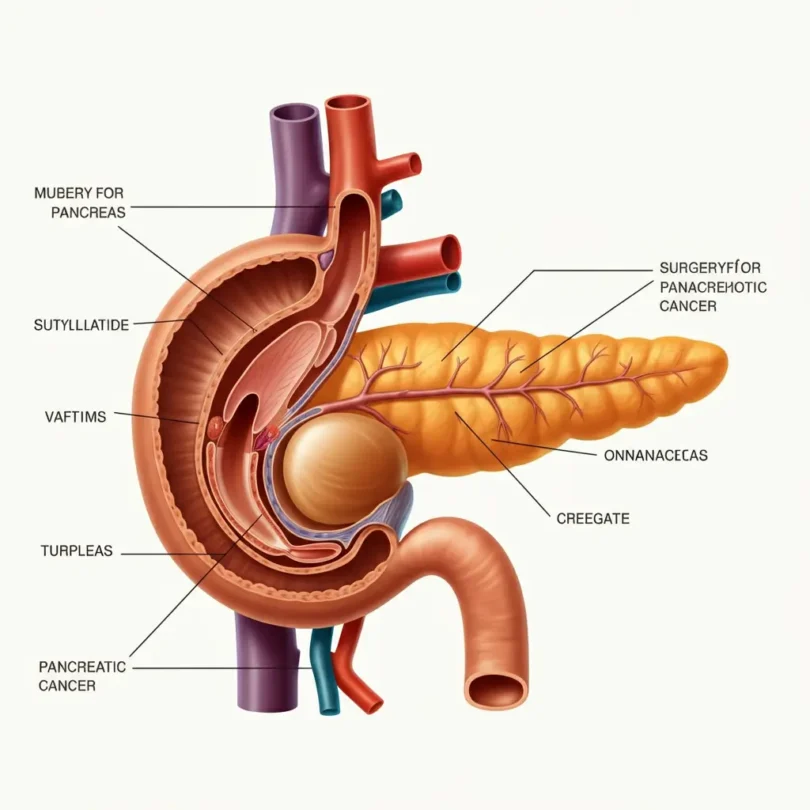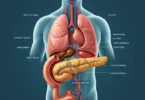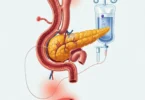Surgical Treatment Of Pancreatic Cancer
The most important treatment methods of pancreatic cancer is surgery . The purpose of the surgery is to completely remove the tumor tissue and surrounding lymph nodes. This works only if the tumor is confined to the pancreas and the tumor can be removed with a safety margin in healthy tissue. The surgeon removes not only the tumor itself, but about its boundaries and healthy tissue. This is to ensure that no tumor cells remain in the body, which could grow into a new tumor.
The nature and scope of the operation will depend on where the tumor is located within the pancreas, which type of tumor is and how far the disease has progressed.
Whipple Procedure
If the tumor is in the pancreatic head, then surgery is depending on the degree of spread and nature of the disease in which usually not only the tumor-bearing right part of the pancreas but removed, but also most of the gall bladder, the lower part of bile duct, duodenum and sometimes a part of the stomach is also removed (called Whipple procedure). In some cases, the entire pancreas must be remove (total pancreatectomy).
Since the duodenum is removed as part of this operation, the connection between the stomach and small intestine is first interrupted. This also applies to the flow of bile produced by the liver into the duodenum or small intestine. This connection must be restored (reconstruction) in the second part of the operation so that the patient can take food and the flow of bile into the small intestine is again possible.This is done by attaching a loop of small intestine to the stomach or gastric remnant (gastro) or the bile duct (Bilio-digestive anastomosis).
The Whipple procedure is a big and complicated procedure. However basic prerequisite for the implementation of this surgery is that the patient is in good general condition and there are no severe comorbidities. After the operation thepatient must stay in a hospital for three to four week and multi week recovery period can be expected. If the tumor is actually limited to the pancreas, a cure can be achieved by this surgical procedure.
If the tumor is in the tail of the pancreas, only the tumor bearing organ part (so-called left resection of the pancreas) and the spleen are usually removed. More extensive restoration measures are not required in this case.
In many cases, a curative surgery is no longer possible. If the tumor at time of diagnosis is too large to be completely removed, it will be usually try with the help of chemotherapy, a combination of chemotherapy and targeted therapy with Tyrosine Kinase inhibitor Erlotinib, to slow the growth of the tumor and relieve discomfort. Surgery may be required to alleviate tumor related symptoms or to treat or prevent any complications. This situation for example can be present in pancreatic cancer, when the tumor is concentrated the bile duct, the pylorus or duodenum by its growth.
Treatment after surgery
After surgery chemotherapy is given to the patient if its health permits. Target of the treatment is to destroy residual tumor cells in the body.
What consequences occur after operation?
The symptoms that may occur after pancreas surgery, are very individual. Almost all patients suffer a certain weight loss immediately after the operation.
For example, fevers can be the result of operational related biliary inflammation. A partial removal of the stomach may be lead to so called dumping syndrome. Here, the contents of the rest of the stomach empties too quickly into the small intestine. The symptoms occur mainly in connection with meals and are associated with disorders of the circulatory function. Typical symptoms include palpitations, dizziness, sweating, abdominal pain, nausea and vomiting. Furthermore, loss of appetite and weight loss, diarrhea, abdominal pain / bloating and greasy stools occur.
The patients that receive such complaints after pancreatic surgery, they must discuss this with the doctor.







